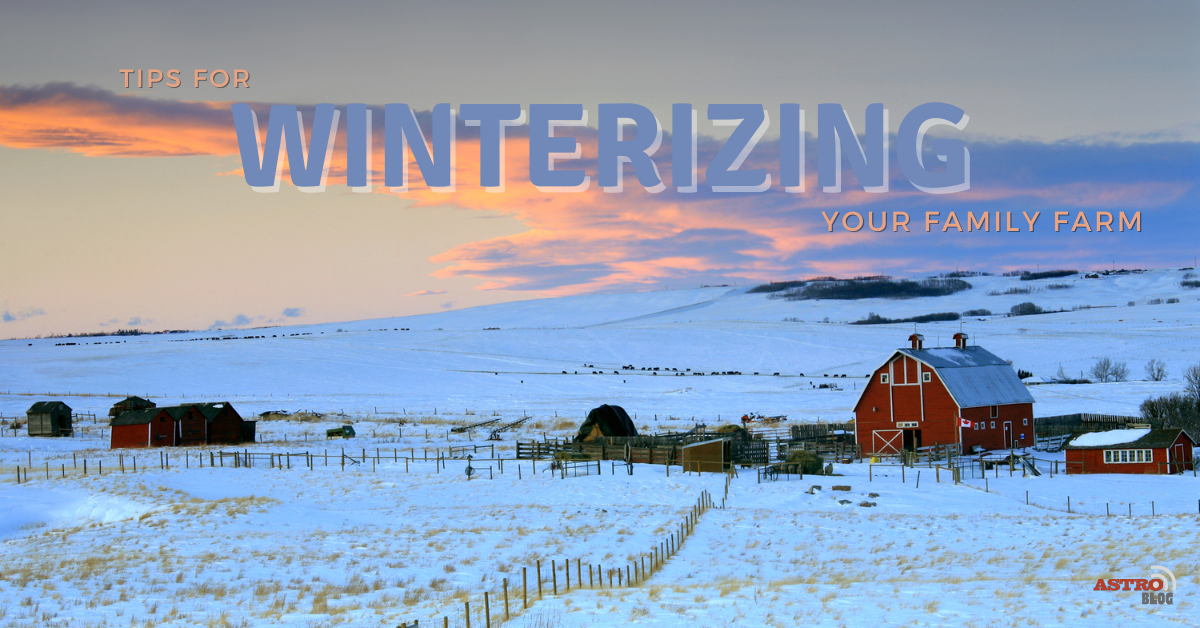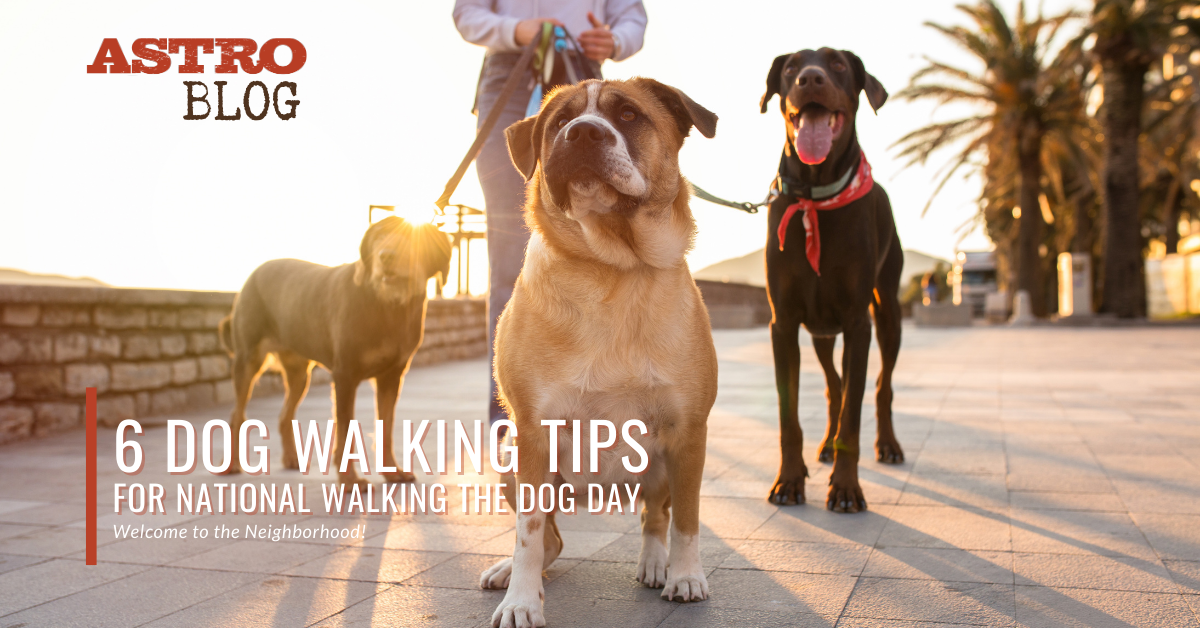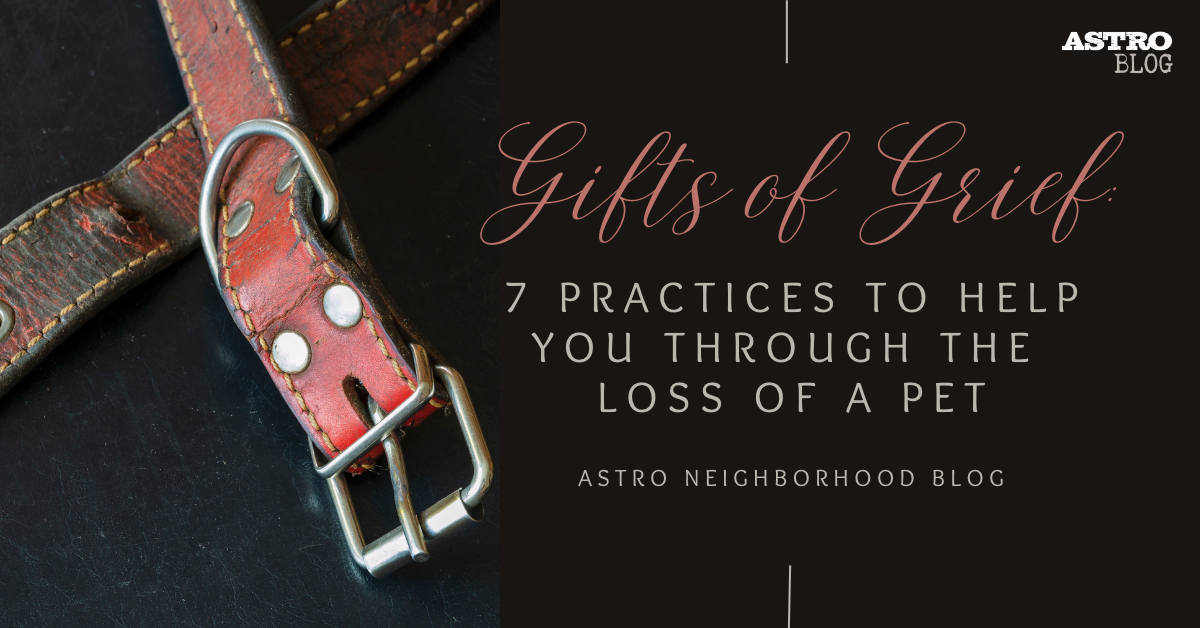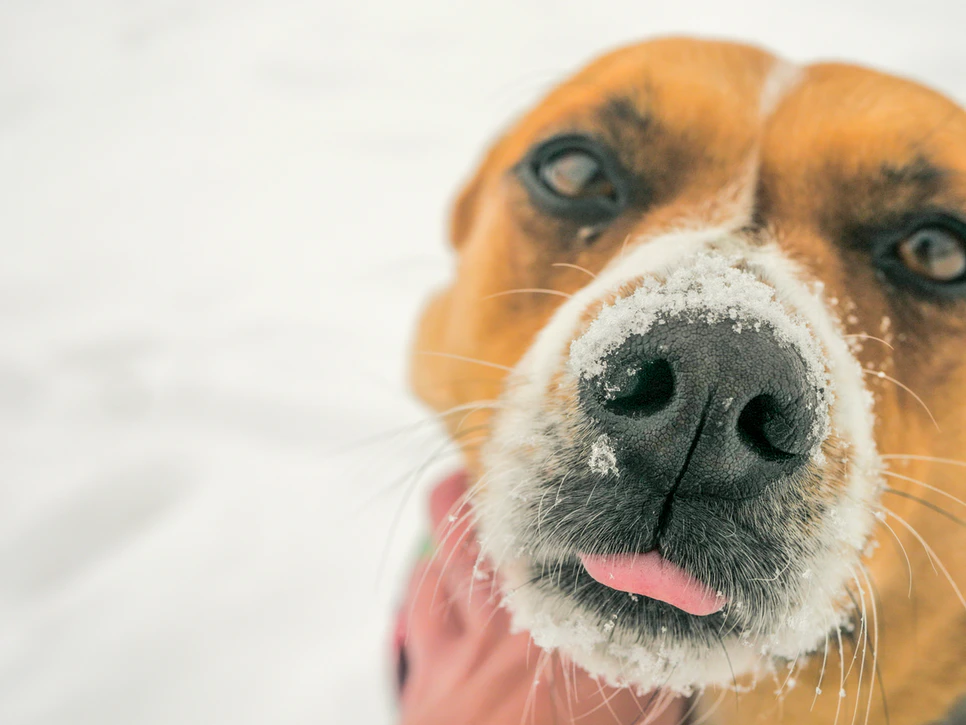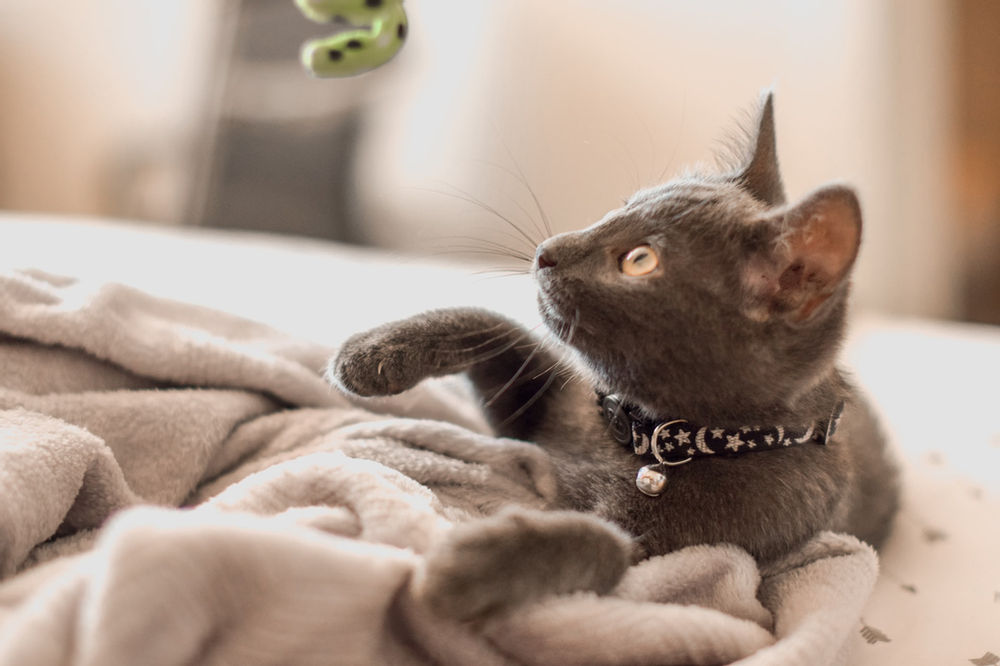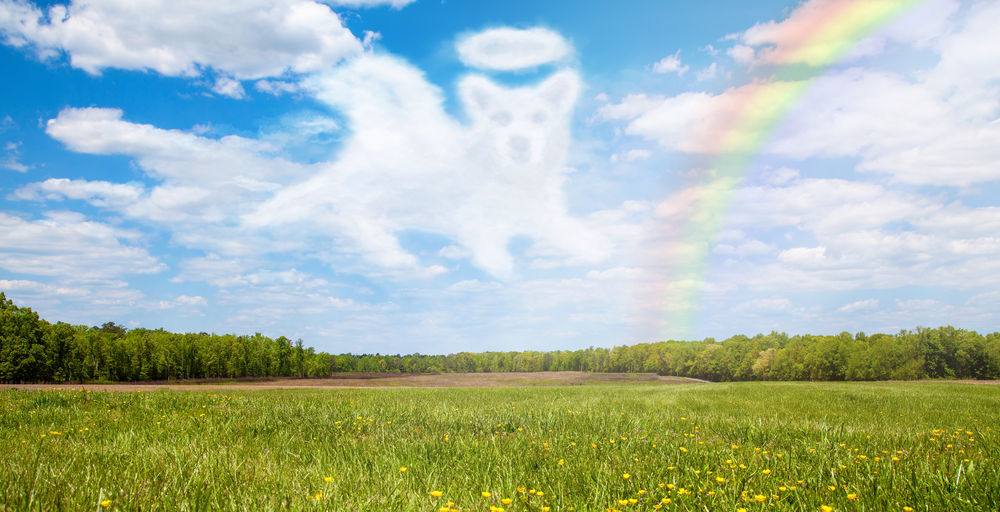I don’t know about all of you, but out here in Washington, the snow’s a-blowing, but the roosters are still crowing! Farm animals are resilient creatures, but they can get cold too! I brainstormed some tips for keeping warm at your farm that always worked for us!
There could be a lot of different critters on your farm and each with their specialized care. Still, it’s important to remember these key factors that all animals need. Fresh, accessible water to stay hydrated, appropriate feed to help regulate body temperatures, and a clean place that is regularly maintained to walk about and lie down to help prevent disease, worms, and hoof rot.
Make a List
 Start by taking a walk around your farm with a notepad in hand. Write down everything you see that needs to be done to put your farm to bed for winter and to prepare any livestock, equipment, and your homestead for the weather to come.
Start by taking a walk around your farm with a notepad in hand. Write down everything you see that needs to be done to put your farm to bed for winter and to prepare any livestock, equipment, and your homestead for the weather to come.
If you are farming with a partner, such as a spouse or significant other─I would strongly encourage you to take this walk together. Since we all bring different perspectives to the table, your partner may see tasks that you might overlook, or vice-versa. [Free Winterizing Your Farm Checklist created by Runamuck Acres in Maine.]
Fresh & Accessible Water
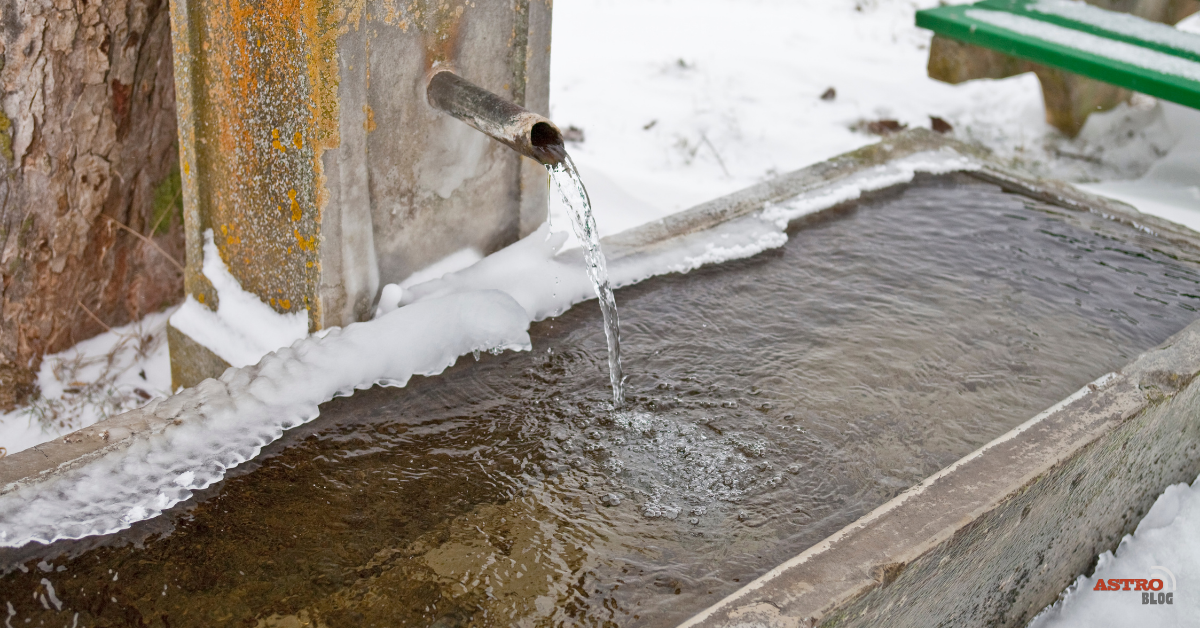 Don’t forget to check on your water troughs morning and night (and depending on how cold it is, every few hours even!) to be sure there’s enough of a hole in the ice for your animals to get water. You can also find heated buckets for small animals that help keep the ice thawed.
Don’t forget to check on your water troughs morning and night (and depending on how cold it is, every few hours even!) to be sure there’s enough of a hole in the ice for your animals to get water. You can also find heated buckets for small animals that help keep the ice thawed.
Feed to Help Regulate Body Temperatures
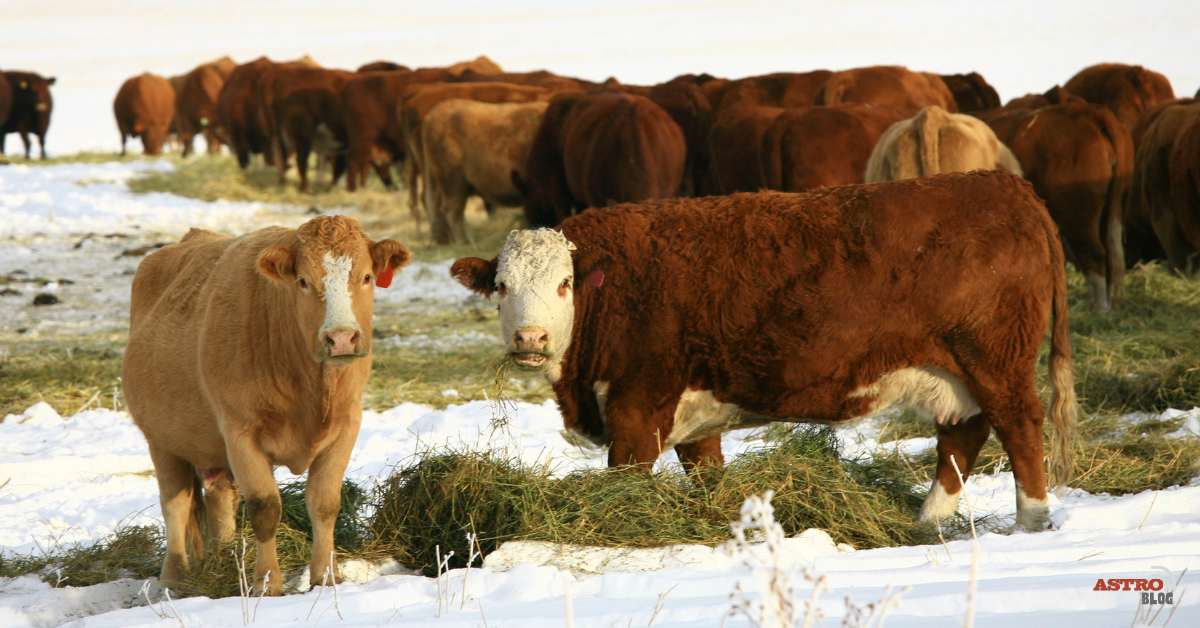 You might not know it, but their feed is integral to keeping livestock like cattle warm. The heat from digesting food peaks a few hours after digestion, so evening meals help them stay warm on those freezing winter evenings. Keeping hay, alfalfa, or other forage that would be natural to them readily accessible goes a long way in keeping their body temperatures up.
You might not know it, but their feed is integral to keeping livestock like cattle warm. The heat from digesting food peaks a few hours after digestion, so evening meals help them stay warm on those freezing winter evenings. Keeping hay, alfalfa, or other forage that would be natural to them readily accessible goes a long way in keeping their body temperatures up.
Maintain Clean, Dry Ground
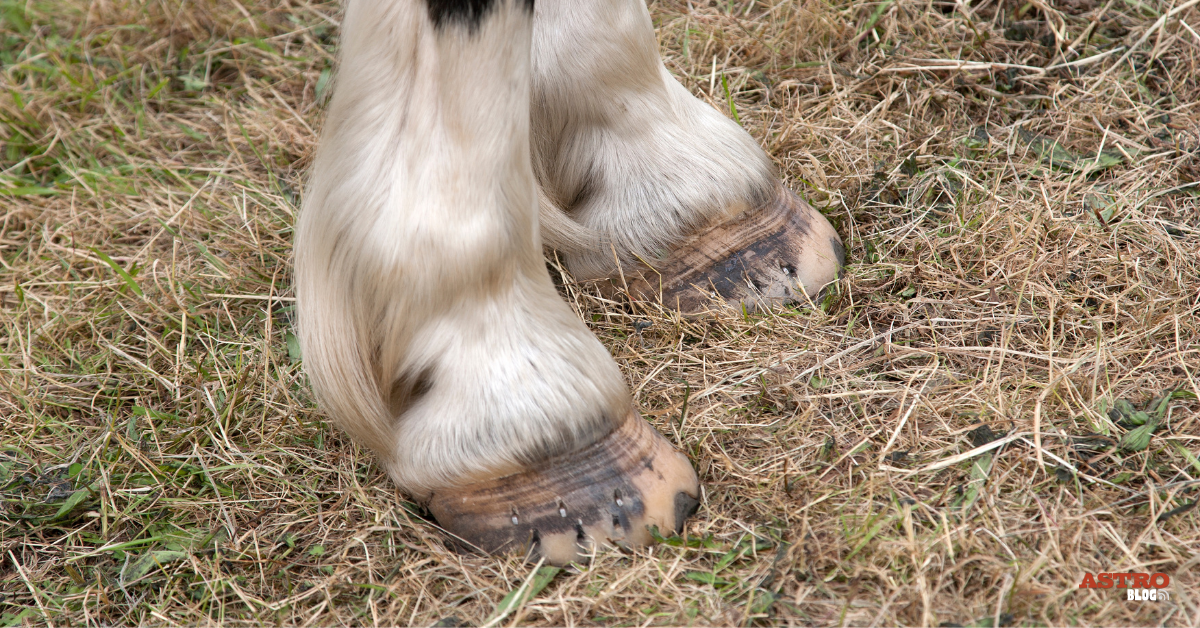 It is crucial to provide a dry area for your animals in winter, including dry ground. During the winter, paddocks and even entire pastures tend to turn mucky. Not only is it tiresome for animals to walk in, but it also dramatically increases the chances of hoof rot. Some ways to combat this are with rubber mats in the stalls that you regularly scrape clean or just regular clean bedding like straw or sawdust.
It is crucial to provide a dry area for your animals in winter, including dry ground. During the winter, paddocks and even entire pastures tend to turn mucky. Not only is it tiresome for animals to walk in, but it also dramatically increases the chances of hoof rot. Some ways to combat this are with rubber mats in the stalls that you regularly scrape clean or just regular clean bedding like straw or sawdust.
Warm Shelter
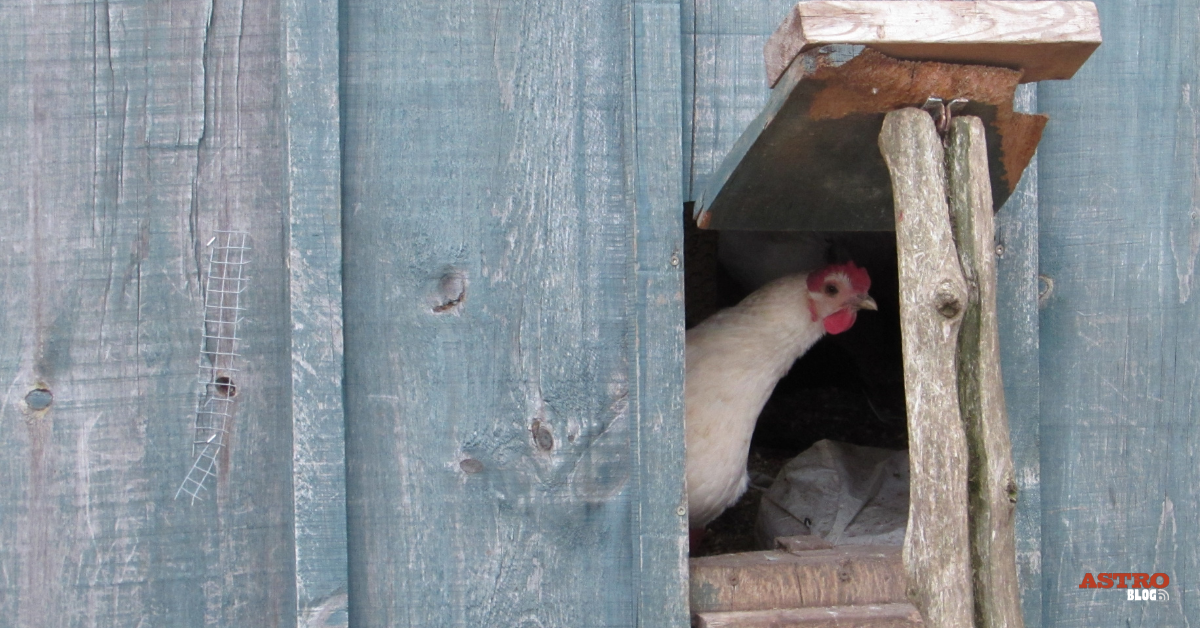 Keep your poultry in a comfortable and closed-up coop so that no wind reaches them. Many poultry farmers use plastic windows instead of screens, so the light still keeps the egg production going – most poultry won’t lay eggs in the dark. You can keep your lighting on timers that are set to turn off at daybreak and back on in the middle of the night to ensure they can roost.
Keep your poultry in a comfortable and closed-up coop so that no wind reaches them. Many poultry farmers use plastic windows instead of screens, so the light still keeps the egg production going – most poultry won’t lay eggs in the dark. You can keep your lighting on timers that are set to turn off at daybreak and back on in the middle of the night to ensure they can roost.
Help the Youngsters and Small Animals Stay Warm
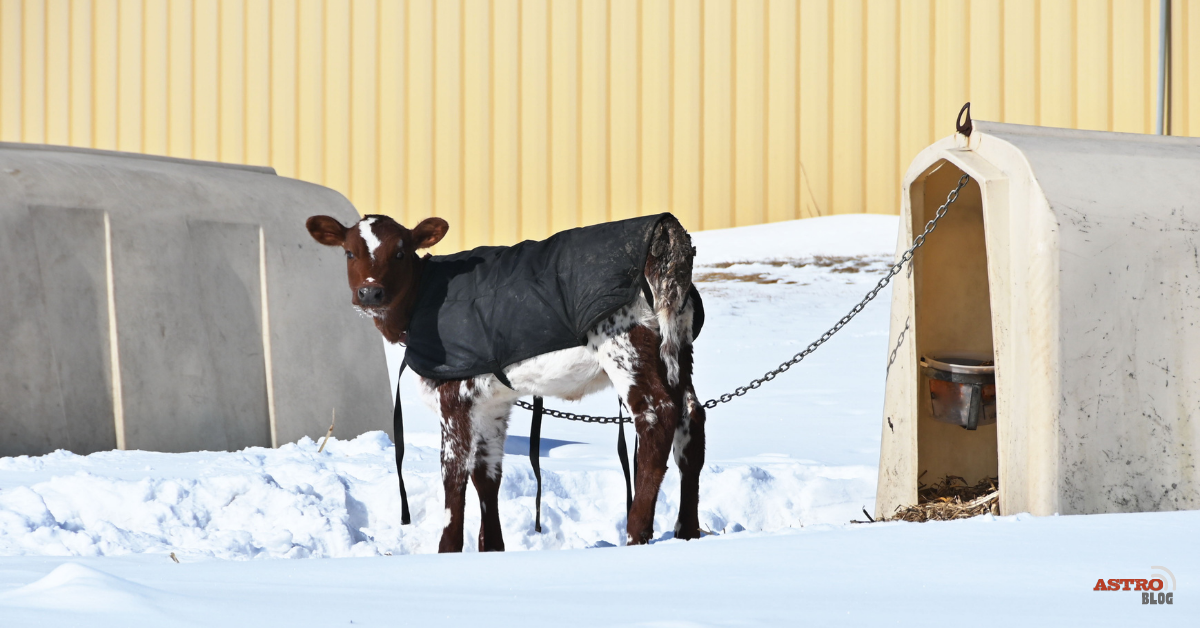 Make sure you’ve got the appropriate blankets for critters that need them! (There’s nothing cuter than a calf in a blanket) If you’re extra concerned, there are also lots of heat lamp options out there for small animals – be aware of placement, so there is no risk of being knocked over and causing a fire.
Make sure you’ve got the appropriate blankets for critters that need them! (There’s nothing cuter than a calf in a blanket) If you’re extra concerned, there are also lots of heat lamp options out there for small animals – be aware of placement, so there is no risk of being knocked over and causing a fire.
When it is cold outside, and the wind is whipping, there is nothing like sitting inside your cozy living room beside a fire sipping on some hot cider. These quiet moments of peace are so much more enjoyable when you know for a fact that your animals are just as cozy and cared for as you are.


